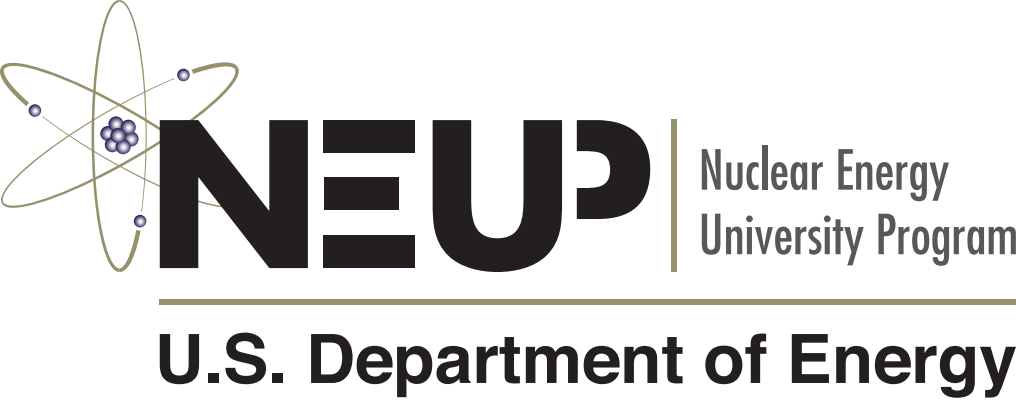FY 2021 Research and Development Awards
DOE is awarding more than $48.8 million through NEUP to support 69 university-led nuclear energy research and development projects in 27 states. NEUP seeks to maintain U.S. leadership in nuclear research across the country by providing top science and engineering faculty and their students with opportunities to develop innovative technologies and solutions for civil nuclear capabilities.
A complete list of R&D projects with their associated abstracts is available below.
*Actual project funding will be established during the award negotiation phase.

